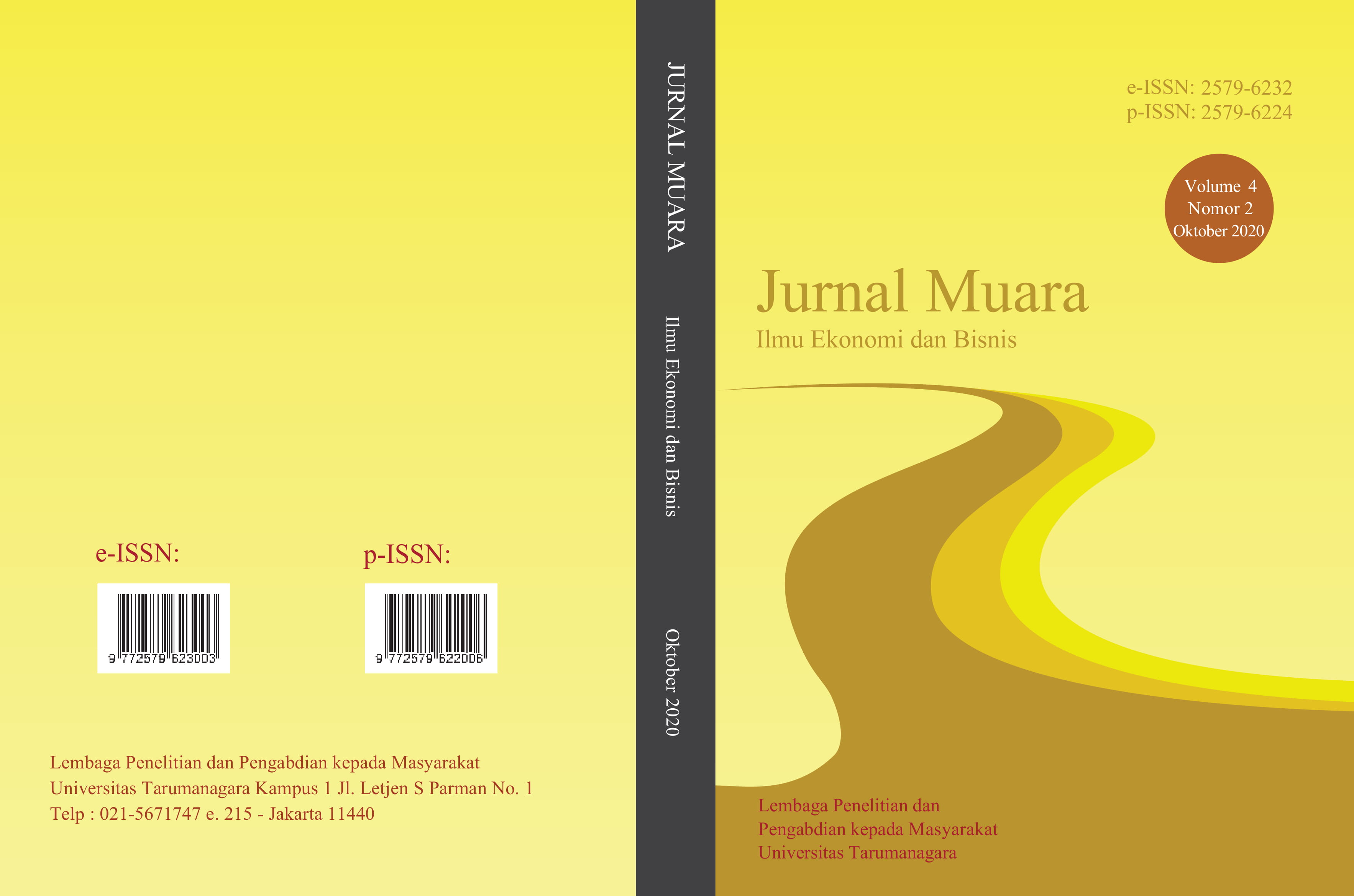DEVELOPING AN INNOVATION MANAGEMENT TEACHING MODEL
Isi Artikel Utama
Abstrak
Penelitian ini bertujuan untuk mengembangkan model pengajaran manajemen inovasi (IMT) yang mencakup tanggung jawab sosial universitas (USR) dan pembelajaran berbasis masalah (PBL) menggunakan proyek USR yang diselenggarakan oleh penulis selama dua tahun terakhir. Setelah dua tahun dilakukan. Hasil menunjukkan bahwa siswa yang berpartisipasi dalam model IMT dapat meningkatkan motivasi belajar mereka, rasa prestasi, dan rasa hormat. Selanjutnya, beberapa masalah objek regional (kabupaten Guantian) juga dapat diselesaikan setelah melakukan proyek USR.
This study aimed to develop an innovation management teaching (IMT) model which included university social responsibility (USR) and problem-based learning (PBL) using a USR project that hosted by the authors during recent two years. After two years performed. Results showed that the students who participate in the IMT model can enhance their learning motivation, sense of accomplishment, and sense of honour. Furthermore, some problems of the regional object (Guantian district) also can be solved after perform the USR project.
Rincian Artikel
Referensi
Ayala-Rodríguez, N., Barreto, I., Ossandón, G.R., Castro A. & Moreno, S. (2019). “Social transcultural representations about the concept of university social responsibility”. Studies in Higher Education, 44(2), 245-259.
Barrows, H.S. (1996). “Problem-based learning in medicine and beyond: a brief overview”. New Directions for Teaching and Learning, 68, 3-12.
Bowen, H. R. (1953). Social responsibilities of the businessman, Harper & Row, New York.
Carroll, A.B. (1979). “A three-dimensional conceptual model of corporate performance”. The Academy of Management Review, 4(4), 497-505.
Davis, K. (1963). “Can business afford to ignore social responsibilities?”. California Management Review, 2(3), 70-76.
Esfijani, A., Hussain, F.K. & Chang, E. (2013). “University social responsibility ontology”. Engineering Intelligent Systems, 4, 271-281.
Perdiguero, T. (2006). “Responsabilidad Social de Las Empresas En Un Mundo Global”. Social Responsibility of Companies in a Global World, Barcelona: Anagrama. (Cited from Ayala-Rodríguez et al., 2019).
Reiser, G.J. (2007). “Managing university social responsibility (USR)”. in International Sustainable Campus Network: Best Practices-Future Challenges.
Sánchez-Hernández, M.I. & Mainardes, E.W. (2016). “University social responsibility: a student base analysis in Brazil”. International Review on Public and Nonprofit Marketing, 13, 151-169.
Stewart, B.L. (2004). “Online learning: a strategy for social responsibility in educational access”. The Internet and Higher Education, 7(4), 299-310.
Vallaeys, F., de la Cruz, C. & Sasia, P.M. (2009). “Responsabilidad social universitaria, Manual De Primeros Pasos”. Banco Interamericano de Desarrollo. http:// blog.pucp.edu.pe/ item/ 122076/ manual-de-primeros-pasos-en-responsabilidad-social-universitaria.
Vasilescu, R., Barna, C., Epure, M. & Baicu, C. (2010). “Developing university social responsibility: a model for the challenges of the new civil society”. Procedia- Social and Behavioral Sciences, 2(2), 4177-4182.
Wartick, S. L. & Cochran, P. L. (1985). “The evolution of the corporate social performance model”. The Academy of Management Review, 10(4), 758-769.
Wigmore-Alvarez, A. & Ruiz-Lozano, M. (2012). “University social responsibility (USR) in the global context: An overview of literature”. Business & Professional Ethics Journal, 31(3-4), 475-498.
Wood, D.F. (2003). “ABC of learning and teaching in medicine”. British Medical Journal, 326, 328-330.



